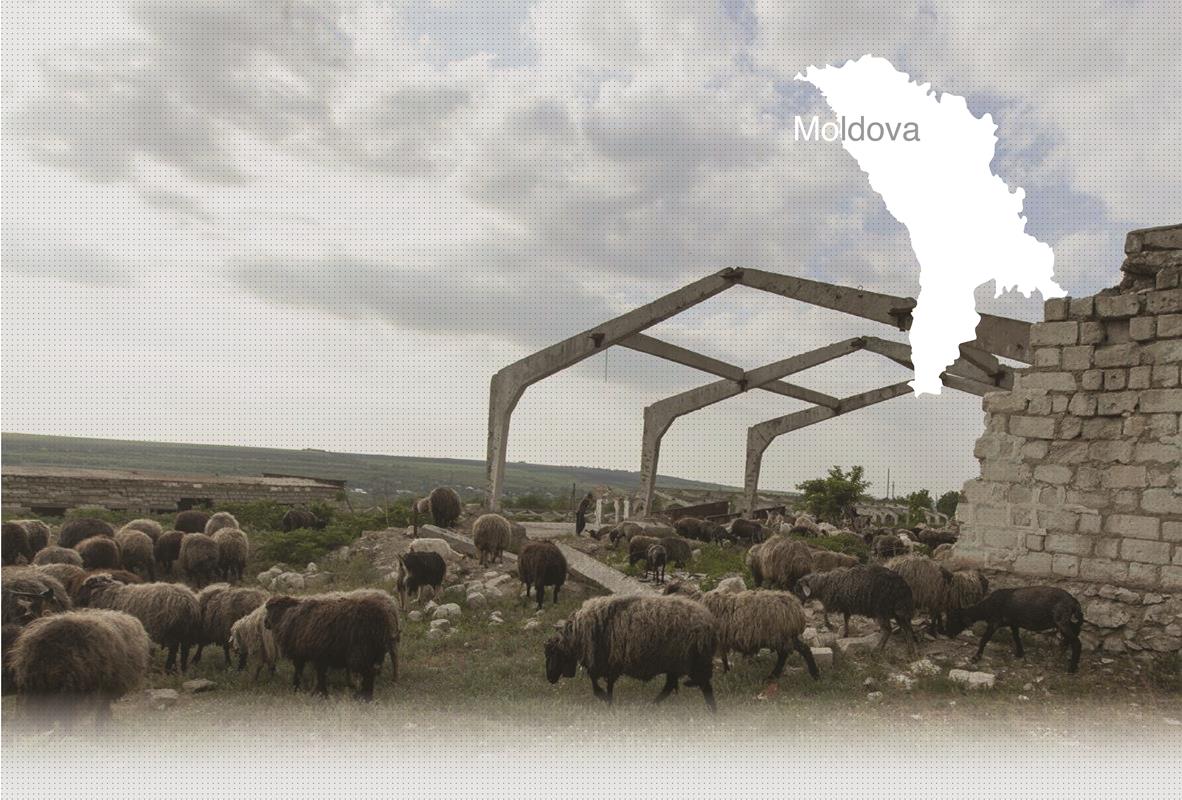

1 Killing site(s)
Yevgeunia K., born in 1929, remembers: “The Romanians assembled and rounded up the Jews. They forced them to go into the river and killed them without shooting them. I saw this from 8-9 meters away. The Jews couldn’t escape and they didn’t even try to.” (Eyewitness n° 135M, interviewed in Rașcov, on August 18, 2013).
[…] on July 24, 1941, in Rashkov [Raşcov], the Romanian forces shot a number of residents, including Khaim Tar__tur, Gaikhman, Shuvan, Sura Tsisis and a teacher. After the shooting, their corpses remained lying on the street for 4-5 days. Later, a German punitive unit arrived in Rashkov and ordered people to gather the corpses […]. What concerns me personally, on August 15, 1941, I was beaten by Romanian gendarmes, because I asked the chief of the gendarmerie to let me leave my children in Rashkov. I was barely deported to the camp, but I was not there while other Jews were. [Deposition of Bronislava V., Jewish, born in 1903, worked as a teacher in Rascov, given to the Soviet Extraordinary Commission; 22.002M.7021-96/97]
Rașcov is located on the right bank of the Dniester River, 110km north of Chisinau. The village was founded in the 15th century. In 1812, after Russia occupied Bessarabia, many Jews emigrated there from Ukraine. In 1930, there were about 2,000 Jews living in the village. According to witness n°135, the Jews lived together, in the center, close to the riverbank. The majority of them held their own shops where they sold goods, shoes, clothes and fabrics. Few Jews worked in the kolkhoz, for instance, one Jew worked as a blacksmith.
There is little historical information about the fate of the Jews during the German occupation. The majority of the information we have comes from the oral testimonies collected by Yahad-In Unum. Right after the occupation, anti-Jewish Aktions were carried out. According to the Soviet archives, several Jews were shot on July 24, 1941. Some of the depositions reported several cases in which the Jews were drowned in the Dniester River at different periods of time, but they referred to a small number of victims. However, according to an eyewitness interviewed by Yahad, the number of drowned Jews was much greater. Witness n°135 witnessed about 1,000 Jews who were forced to enter deep into the water and drowned. They were escorted by Romanian gendarmes.
Do you have additional information regarding a village that you would like to share with Yahad ?
Please contact us at contact@yahadinunum.org
or by calling Yahad – In Unum at +33 (0) 1 53 20 13 17